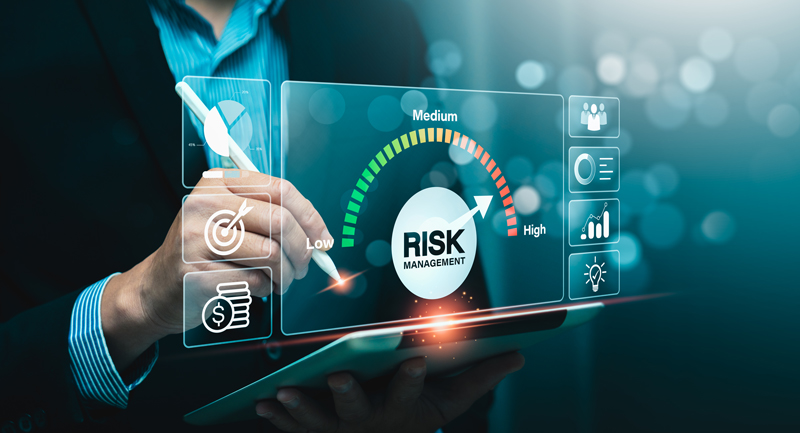In the realm of cybersecurity, controlling who has access to certain systems and what they can do with that access is crucial. One important aspect of this is elevation control, which involves managing user privileges and permissions to minimize security risks. This blog post explores what elevation control is, why it’s important, and how ThreatLocker can help organizations implement effective elevation control measures.
What is Elevation Control?
Elevation control refers to the practice of managing and restricting the elevation of user privileges within a system. In many cases, users require elevated privileges (also known as admin or root privileges) to perform certain tasks, such as installing software, modifying system settings, or accessing sensitive data. However, granting these elevated privileges to users poses a significant security risk, as it can open the door to accidental or malicious misuse.
The goal of elevation control is to ensure that users have the minimum level of access necessary to perform their tasks and to tightly regulate when and how they can obtain elevated privileges. This approach helps to reduce the attack surface and limit the potential damage in the event of a security breach.
Why is Elevation Control Important?
- Minimizing Security Risks: Granting broad administrative privileges to users increases the risk of accidental changes or the installation of malicious software. By implementing elevation control, organizations can minimize these risks by only granting elevated privileges when absolutely necessary.
- Preventing Lateral Movement: In the event of a security breach, attackers often seek to move laterally within the network to access more sensitive data or systems. Elevation control helps prevent this by restricting users’ abilities to access or modify resources they do not need.
- Compliance and Auditing: Many industries have strict regulatory requirements regarding data access and security. Elevation control helps organizations comply with these regulations by ensuring that only authorized users can access sensitive information and by providing detailed logs of privileged actions.
How ThreatLocker Supports Elevation Control
ThreatLocker is a leading cybersecurity platform that provides robust tools for managing elevation control and securing your organization’s digital environment. Here’s how ThreatLocker can assist with elevation control:
- Application Control: ThreatLocker’s application control feature allows organizations to define which applications can be executed with elevated privileges. This ensures that only approved and vetted applications can run with elevated permissions, reducing the risk of unauthorized or malicious software being installed.
- Privileged Access Management: ThreatLocker provides granular control over user permissions, enabling organizations to manage who can request elevated privileges and under what conditions. This helps to ensure that users only receive elevated access when necessary and appropriate, following a just-in-time or least-privilege approach.
- Real-Time Monitoring and Alerts: ThreatLocker offers real-time monitoring of elevated privilege activities. This includes logging all actions taken with elevated privileges and providing alerts for any suspicious or unauthorized activities. This visibility helps organizations quickly detect and respond to potential security threats.
- Zero Trust Approach: By adopting a zero trust security model, ThreatLocker assumes that no application or user should be trusted by default, even if they are within the network. This principle is applied to elevation control, ensuring that every request for elevated privileges is verified and controlled.
Conclusion
Elevation control is a vital component of a robust cybersecurity strategy. By carefully managing and restricting the elevation of user privileges, organizations can significantly reduce the risk of security breaches and unauthorized access to sensitive information.
ThreatLocker offers a comprehensive solution for elevation control, providing tools for application control, privileged access management, real-time monitoring, and adherence to a zero trust security model. By leveraging ThreatLocker’s capabilities, organizations can effectively implement elevation control measures, ensuring that users have only the access they need and that elevated privileges are tightly regulated.
In a world where cybersecurity threats are constantly evolving, maintaining strict control over user privileges is more important than ever. With ThreatLocker, organizations can enhance their security posture, protect their critical assets, and maintain compliance with industry regulations.
Contact our Sales Department for more information.

